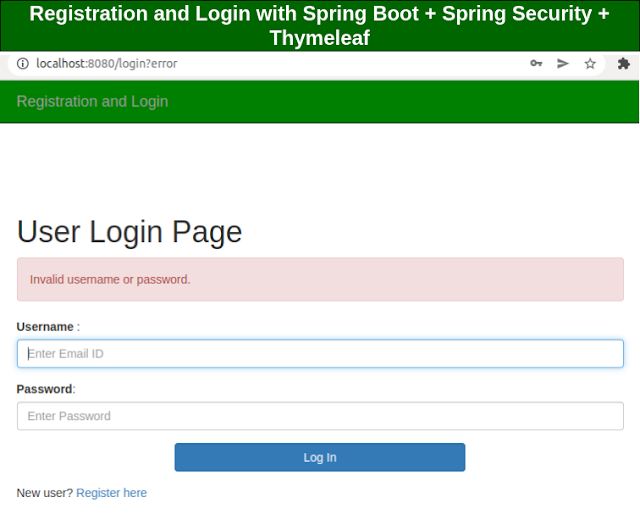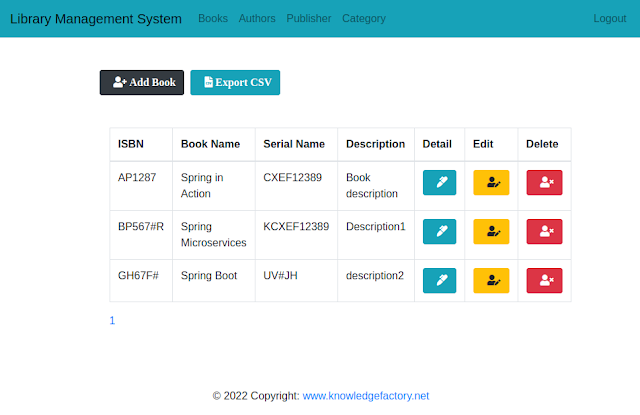Deploy Scalable E-Commerce Application on Azure with Spring Boot, Kafka, Okta, and ELK
This architecture diagram represents a high-level deployment of a Spring Boot-based eCommerce platform on Azure Cloud, incorporating microservices, authentication, logging, and monitoring.
Key Components:
1️⃣ Frontend (Angular)
- Deployed on Azure App Service.
- Uses Azure Front Door as a load balancer for routing user requests.
- Routes API requests through Azure API Management.
2️⃣ Authentication (Okta)
- Uses OAuth2 via Okta for authentication and securing APIs.
- Ensures secure access to backend services.
3️⃣ Backend (Spring Boot Microservices)
- Hosted on Azure Kubernetes Service (AKS) for scalability.
- Handles business logic and API calls.
- Consumes & publishes events via Kafka (Azure Event Hubs).
4️⃣ Data Storage
- PostgreSQL (Azure DB) for structured data (e.g., orders, users).
- MongoDB (Azure Cosmos DB) for NoSQL data (e.g., product catalogs).
- Redis (Azure Cache) for caching to improve performance.
5️⃣ Monitoring & Logging
- Prometheus & Grafana for performance monitoring.
- Azure Monitor & Application Insights for system observability.
- ELK Stack (Elasticsearch, Logstash, Kibana) for centralized logging and analytics.
This setup provides a scalable, secure, and cloud-native architecture for an eCommerce platform.
This guide provides a complete end-to-end implementation of an eCommerce platform using:
✅ Spring Boot Microservices (Java backend)
✅ Angular (Frontend UI)
✅ Okta OAuth2 (Authentication & Security)
✅ Azure Kubernetes Service (AKS) (Scalability & Container Orchestration)
✅ Kafka (Azure Event Hubs) (Event-driven communication)
✅ PostgreSQL & MongoDB (Databases)
✅ Redis (Azure Cache) (Performance & Caching)
✅ ELK Stack & Prometheus (Monitoring & Logging)
1️⃣ Environment Setup
1.1 Install Required Tools
Ensure you have the following installed:
| Java 17+ | |
| Maven | |
| Docker | |
| Kubernetes CLI (kubectl) | |
| Helm (for Kubernetes) | |
| Azure CLI |
1.2 Set Up Azure Cloud Infrastructure
1️⃣ Login to Azure
2️⃣ Create a Resource Group
3️⃣ Create an Azure Kubernetes Cluster (AKS)
4️⃣ Create an Azure Container Registry (ACR)
2️⃣ Backend: Spring Boot Microservices Implementation
2.1 Microservices Structure
2.2 Implement Authentication (Spring Security + Okta OAuth2)
📌 Spring Security 6+ uses SecurityFilterChain instead of WebSecurityConfigurerAdapter.
1️⃣ Add Dependencies
2️⃣ Configure Okta in application.yml
3️⃣ Security Configuration (SecurityConfig.java)
✅ Replaces deprecated WebSecurityConfigurerAdapter.
✅ Uses OAuth2 with Okta for JWT authentication.
2.3 Implement Product Service (MongoDB)
1️⃣ Add Dependencies
2️⃣ Define Product Model
3️⃣ Create Repository
2.4 Implement Order Service (PostgreSQL)
1️⃣ Add Dependencies
2️⃣ Define Order Model
2.5 Kafka Integration for Order Processing
1️⃣ Add Dependencies
2️⃣ Publish Kafka Events
3️⃣ Monitoring & Logging (ELK + Prometheus)
3.1 Deploy ELK Stack on Azure
1️⃣ Install Elasticsearch, Logstash, and Kibana
2️⃣ Configure Logstash
✅ Aggregates logs from microservices into Kibana dashboards.
4️⃣ Deployment on Azure Kubernetes (AKS)
4.1 Dockerize Services
Each microservice has a Dockerfile:
Build & Push:
4.2 Deploy to Kubernetes (AKS)
1️⃣ Create Kubernetes Deployment
✅ Deploys to AKS with automatic scaling.









